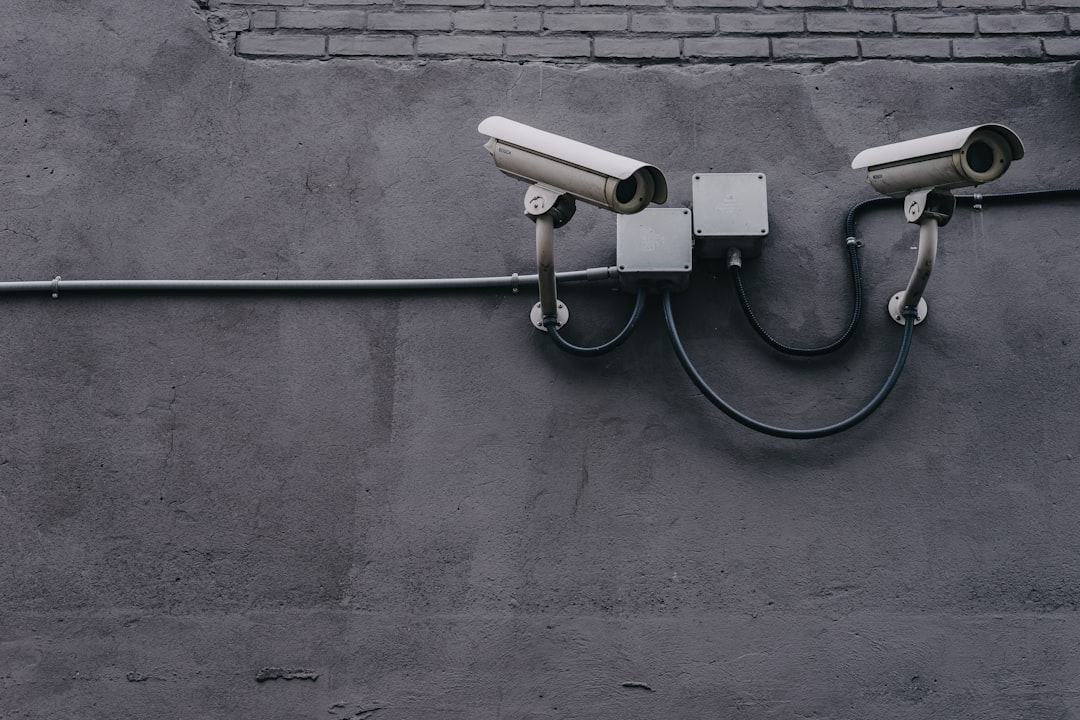When managing websites, especially WordPress-based ones, keeping your system stable and secure is crucial. Automatic updates can be a blessing for many, but for some site administrators and developers, the desire to take complete control over updates leads to the use of the automatic_updater_disabled configuration. This feature allows users to disable automatic core updates provided by WordPress. However, enabling or configuring this setting requires a clear understanding of its implications and how it fits into your site’s update strategy.
In this article, we will explore how to enable automatic_updater_disabled, what it does, common use cases, and how to correctly implement the change in your configuration files. We’ll also provide a simple FAQ section to answer some of the most common queries about this setting.
What Does automatic_updater_disabled Do?
The automatic_updater_disabled configuration is a filter in WordPress that, when set to true, disables all automatic core updates. This includes minor patches, security updates, and major version upgrades. By enabling this filter, users prevent WordPress from updating itself automatically.

How to Enable automatic_updater_disabled
To enable this filter, follow these simple steps:
- Log into your server using FTP or your hosting file manager.
- Navigate to the root directory of your WordPress installation.
- Locate and open the wp-config.php file.
- Add the following line of code before the line that says /* That’s all, stop editing! Happy publishing. */:
add_filter( 'automatic_updater_disabled', '__return_true' );Note: If you are editing within a custom plugin or theme file, insert the code in the appropriate location where filters are applied, such as your theme’s functions.php file. Make sure no syntax errors are introduced during the edit.
When Should You Use This Filter?
There are several scenarios where you might consider enabling this filter:
- Custom Code Stability: Sites relying heavily on custom code or third-party plugins that may break with an update.
- Enterprise Applications: Environments where updates must pass through QA before deployment.
- Staging Environments: Sites in development or staging stages where automatic updates could interfere with testing.
Best Practices
While disabling automatic updates gives more control, it also comes with responsibility. It’s essential that administrators:
- Regularly check for updates manually.
- Stay informed about critical security patches.
- Use version control systems to manage changes to code.
- Implement a backup strategy in case an update needs to be rolled back.

Alternative Options
If you want more flexibility than just a complete disable, you can use the WP_AUTO_UPDATE_CORE constant instead. Place it in your wp-config.php:
define( 'WP_AUTO_UPDATE_CORE', false );This setting disables all core updates as well but offers more nuanced configurations like allowing minor updates only by using:
define( 'WP_AUTO_UPDATE_CORE', 'minor' );Choose the one that best suits your policy for updates.
FAQ
-
Q: Will this disable plugin and theme updates?
A: No, the automatic_updater_disabled filter only affects WordPress core updates. To disable plugin or theme updates, additional configuration is needed. -
Q: Is it safe to disable automatic updates?
A: It can be if you have a manual update process and security auditing in place. Otherwise, it could expose your site to vulnerabilities. -
Q: How do I re-enable automatic updates after disabling them?
A: Simply remove or comment out the line that applies the filter from your wp-config.php or theme file and save the changes. -
Q: Can hosting providers override this setting?
A: Yes, some managed WordPress hosts can enforce update policies at the server level, ignoring local config changes. -
Q: Does this affect multisite installations?
A: It applies similarly to multisite, but administrators should test thoroughly to ensure network stability after disabling auto-updates.
Managing updates is a critical part of maintaining a secure and functional WordPress site. While automatic_updater_disabled provides greater control, it’s important to accept the responsibility of monitoring and updating manually whenever necessary.